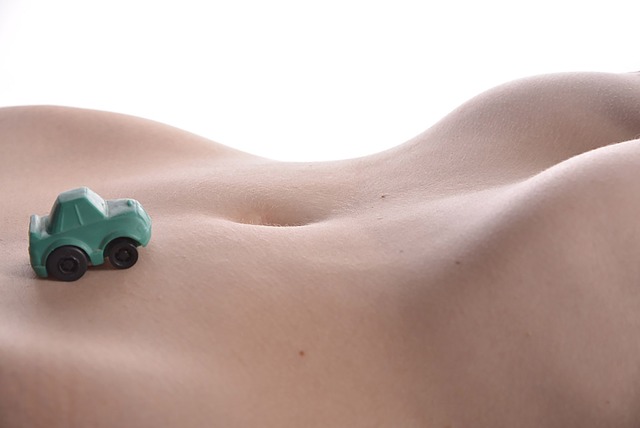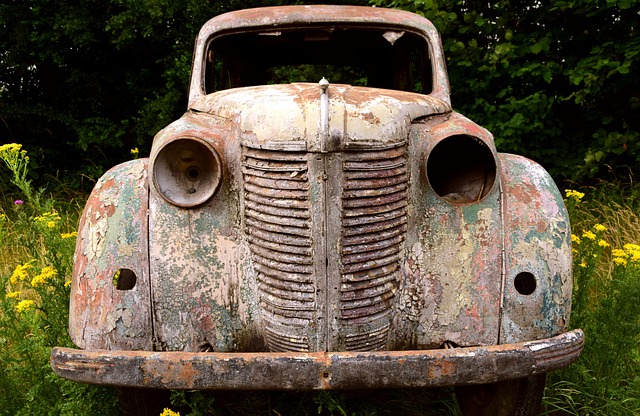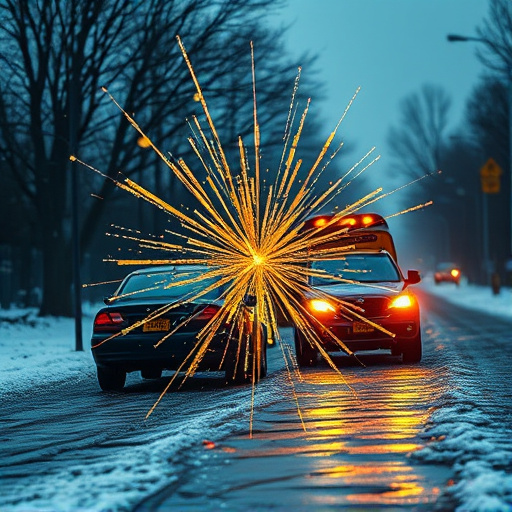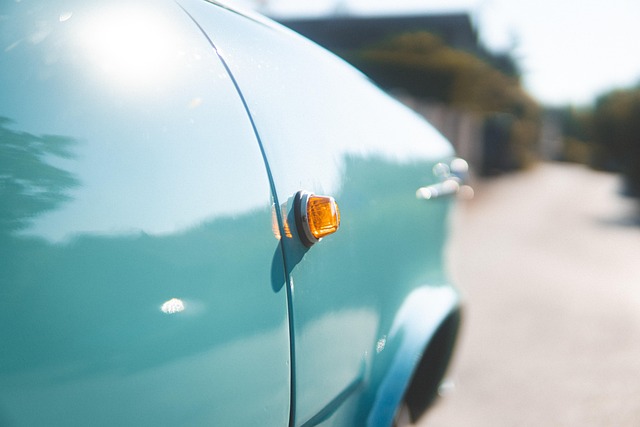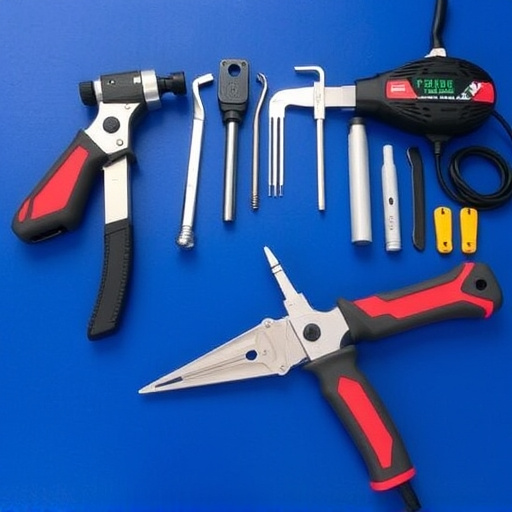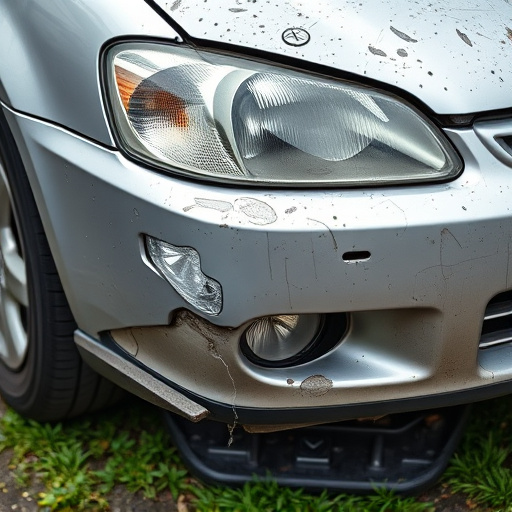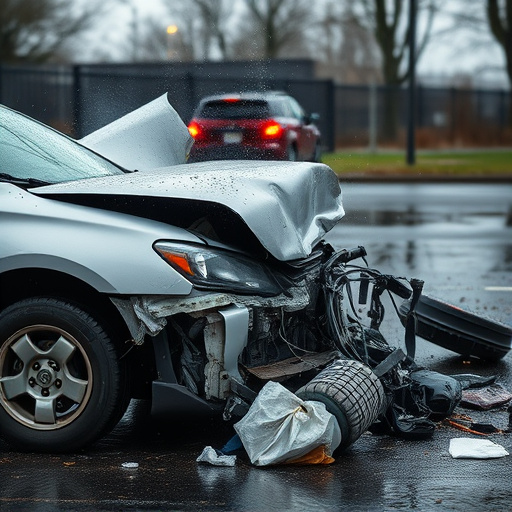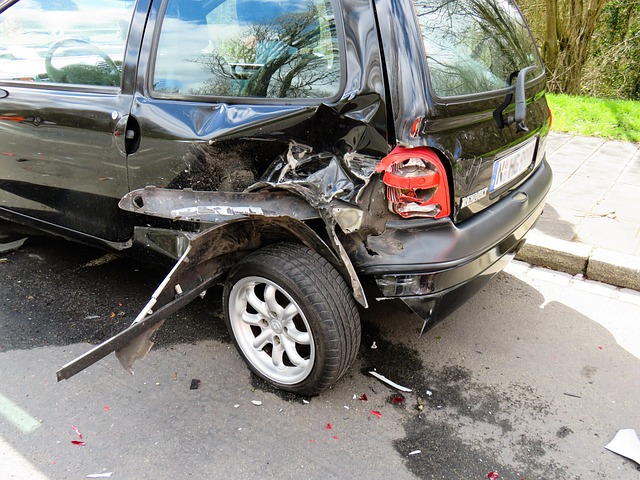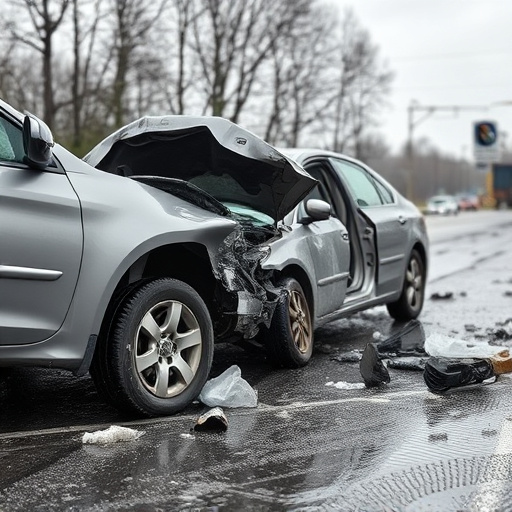Crash worthiness restoration revitalizes a vehicle's safety after accidents, employing advanced tools and simulations to assess and repair damage across bodywork, frame, and structure. A pre-restoration inspection detects even minor issues, enabling precise repairs and ensuring structural integrity. Post-restoration testing verifies compliance with industry standards, guaranteeing vehicles meet the highest crash worthiness requirements for enhanced occupant protection.
Crash worthiness restoration is a critical process ensuring vehicles meet safety standards after severe accidents. This article guides you through essential steps to verify structural integrity, from understanding key concepts to post-restoration testing. We’ll explore pre-restoration inspections for identifying weak points and the importance of rigorous post-restoration testing to guarantee safety and compliance. By following these steps, professionals can restore vehicles to their pre-crash condition while maintaining crash worthiness.
- Understanding Crash Worthiness Restoration: Key Concepts and Goals
- Pre-restoration Inspection: Identifying Potential Issues and Weak Points
- Post-restoration Testing: Ensuring Structural Integrity and Safety Standards Met
Understanding Crash Worthiness Restoration: Key Concepts and Goals
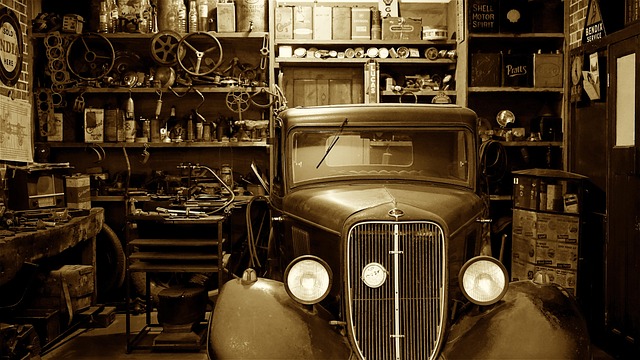
Crash worthiness restoration is a critical process aimed at enhancing a vehicle’s safety and structural integrity following an accident. It involves meticulous assessments and repairs to ensure the car can withstand future collisions, protecting occupants and reducing the risk of secondary injuries. This restorative practice encompasses a range of key concepts, with primary goals centered around preservation of structural components and optimal reconfiguration for enhanced crash performance.
Central to this process is a thorough understanding of vehicle dynamics during impact, identifying weak points or damage that could compromise safety. Skilled technicians employ advanced diagnostic tools to evaluate the vehicle’s bodywork, frame, and underlying structure, often utilizing computer simulations to predict behavior in various crash scenarios. By integrating specialized car paint services and meticulous auto bodywork repairs, the restored vehicle regains its structural integrity while adhering to stringent safety standards, ultimately contributing to improved passenger protection and roadworthiness.
Pre-restoration Inspection: Identifying Potential Issues and Weak Points

Before any crash worthiness restoration begins, a thorough pre-restoration inspection is paramount to identifying potential issues and weak points in a vehicle’s structure. This initial evaluation involves meticulous examination of every component, from the exterior paneling and frame to internal structural elements. Skilled technicians use advanced tools and methods to detect even the slightest dents, cracks, or misalignments that could compromise the vehicle’s integrity during a collision.
During this phase, various techniques such as visual inspection, pressure testing, and digital scanning are employed. Vehicle dent repair experts look for signs of previous damage, while auto maintenance specialists check for wear and tear on crucial parts. Identifying these issues early allows for more accurate repairs, ensuring that the car not only looks like new but also maintains its structural integrity, enhancing safety during future driving conditions. This meticulous pre-restoration process is a critical step in delivering top-notch crash worthiness restoration services.
Post-restoration Testing: Ensuring Structural Integrity and Safety Standards Met

After a vehicle has undergone crash worthiness restoration, post-restoration testing is an indispensable step to ensure its structural integrity and safety standards are met. This involves rigorous inspections using advanced diagnostic tools and manual examinations to verify that all components have been accurately repaired or replaced. The goal is to confirm that the vehicle can withstand the forces exerted during a collision without compromising its structural stability or passenger safety.
During these tests, auto body shops perform various checks, including frame alignment, crash testing simulations, and thorough reviews of the repair documentation. Ensuring compliance with industry standards and regulations, such as those set by insurance companies and governing bodies, is paramount. The meticulous process guarantees that each vehicle restoration, whether for a minor fender bender or a major accident, meets the highest standards in terms of structural integrity and crash worthiness, providing peace of mind to both repair shops and customers alike in case of future vehicle collisions.
Verifying structural integrity is a vital step in the crashworthiness restoration process, ensuring vehicles meet safety standards. By combining thorough pre-restoration inspections with rigorous post-restoration testing, professionals can identify and address potential issues, guaranteeing both structural soundness and passenger protection. This meticulous approach to crash worthiness restoration is essential for maintaining vehicle safety and peace of mind for all road users.

